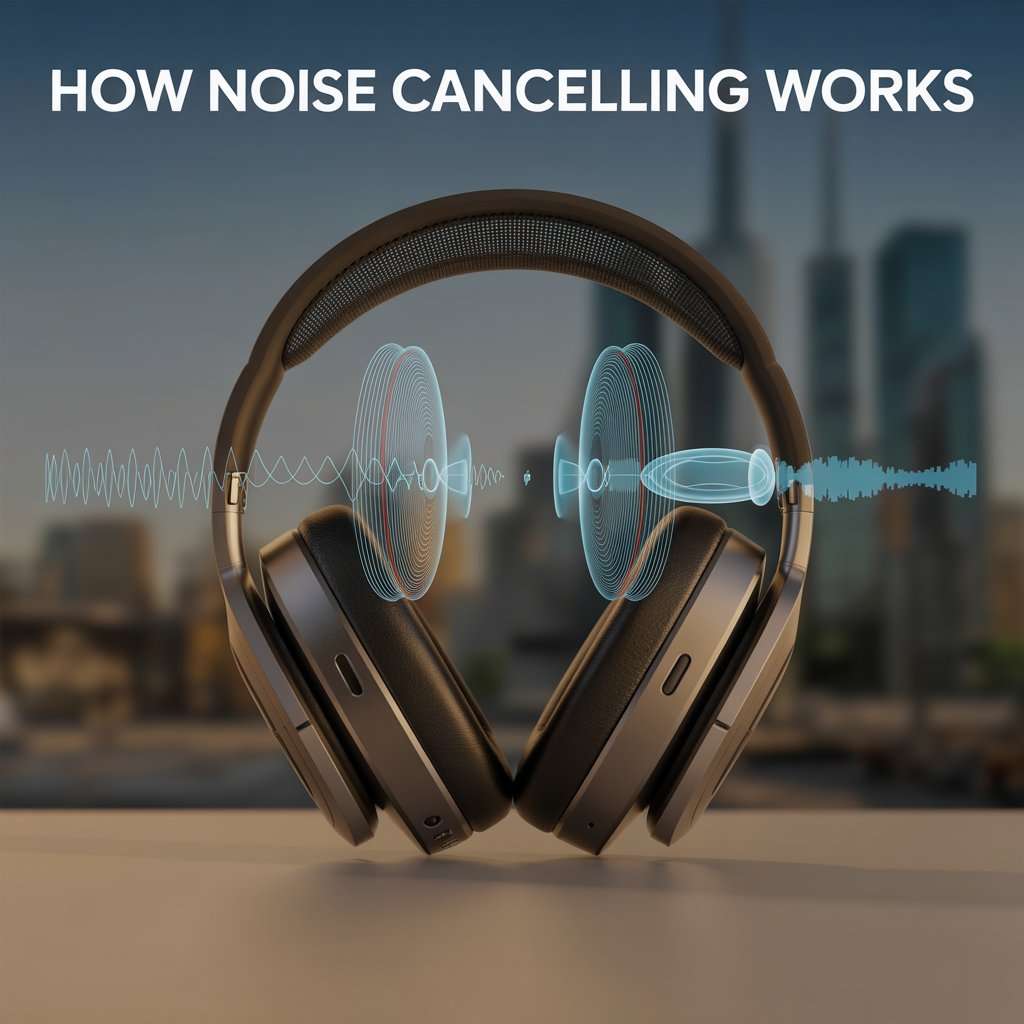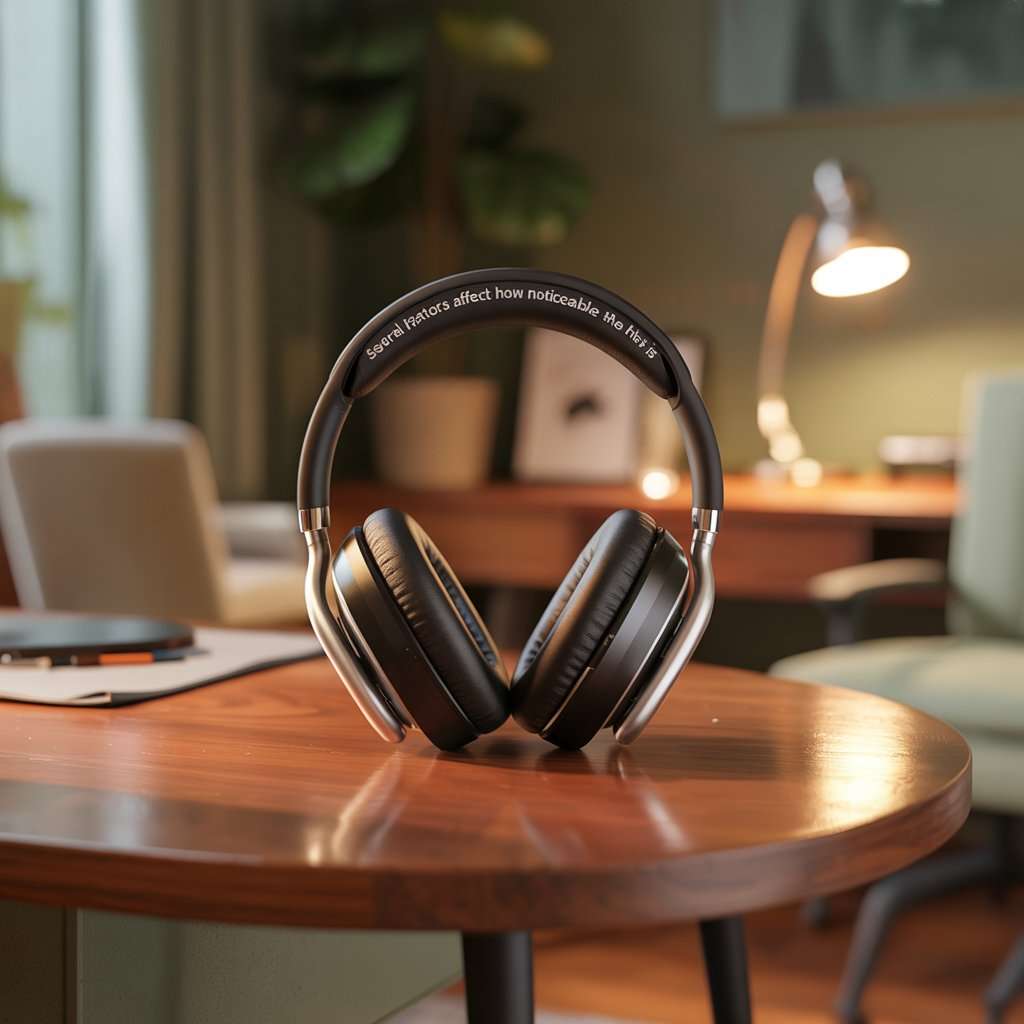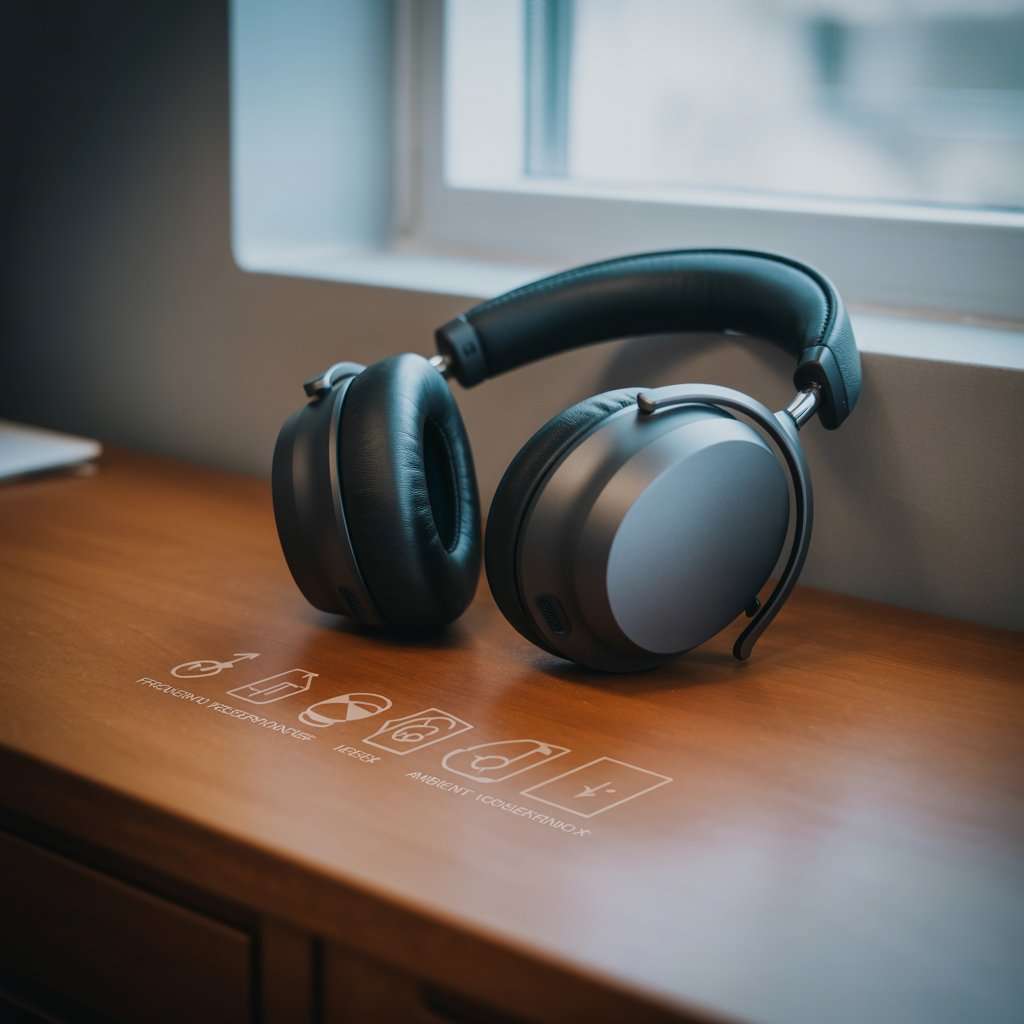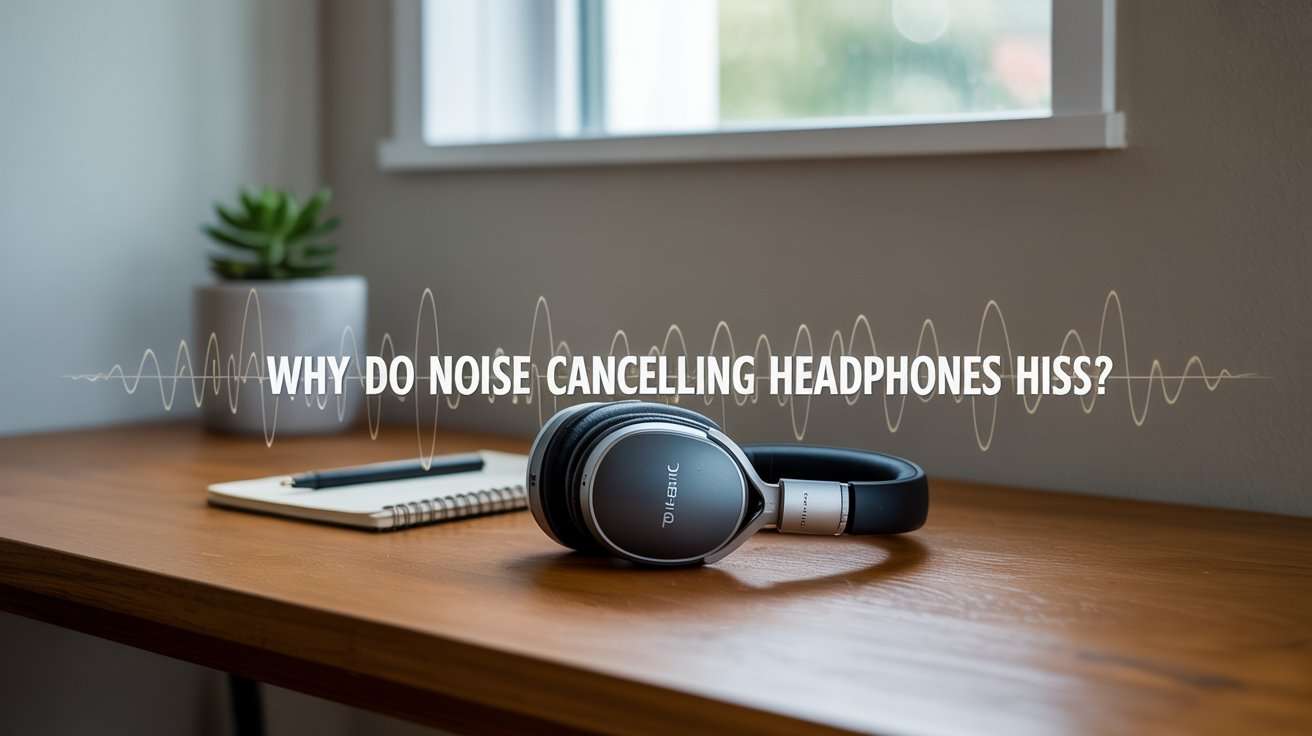Noise cancelling headphones have transformed the way we listen to music, podcasts, and audio in noisy environments. They provide an immersive experience by actively reducing unwanted external noise, allowing you to enjoy sound without distractions.
However, many users notice that when they turn on the noise cancelling (NC) feature, the headphones sometimes produce a faint but persistent hiss. This blog post explores the reasons behind this phenomenon, offers tips for managing the hiss, addresses common questions, and concludes with key takeaways to help you optimize your listening experience.
Understanding the Hiss in Noise Cancelling Headphones
How Noise Cancelling Works

To understand why noise cancelling headphones hiss, it’s important to first understand how the technology works:
- Active Noise Cancellation (ANC): This technology uses tiny microphones embedded inside and outside the headphones to detect ambient sounds.
- The headphones then generate a sound wave with the opposite phase to the external noise, which cancels the unwanted sound through a process called destructive interference.
- This happens very rapidly, creating an “anti-noise” signal that reduces the perceived volume of surrounding sounds.
Why the Hiss Occurs
- Residual Noise from ANC Circuitry: The hiss you hear is the operational sound of the noise cancelling circuitry itself. When the microphones pick up ambient noise and the electronics create anti-noise, a low-level “background noise” or hiss is a natural byproduct of this process. It is generated by the electrical components processing sound.
- Amplification of Internal Electronics: Since the ANC constantly monitors and processes sound, minor electrical noise within the headphones’ circuits and amplifiers is amplified along with the anti-noise signal.
- Microphone Sensitivity: The microphones in noise cancelling headphones are extremely sensitive, designed to capture even subtle ambient sounds. This sensitivity can sometimes make the headphones pick up and amplify faint electronic noise or interference, resulting in a quiet hissing or static sound.
- Not a Defect: Importantly, the hiss is not a malfunction. Manufacturers acknowledge this faint noise as a normal part of ANC headphone operation.
Common Factors Influencing Hiss Intensity

Several factors affect how noticeable the hiss is in your noise cancelling headphones:
- Headphone Model and Quality: Higher-end ANC headphones tend to have better noise isolation and lower circuit noise, resulting in less hiss. Lower-cost models may produce more noticeable hiss due to less advanced circuitry.
- Firmware and Software: Headphone firmware updates can sometimes improve noise handling and reduce hiss or other audio artifacts.
- Listening Volume: At very low or zero volume, the hiss is more apparent because there is no music or audio to mask it.
- Environmental Conditions: Very quiet environments can make the hiss easier to hear since there are few other competing sounds.
- Physical or Hardware Issues: In rare cases, physical defects or interference (e.g., grounding problems, damaged wiring) can increase hiss.
Tips for Reducing or Managing the Hiss

While the hiss is inherent to ANC headphones, you can take steps to reduce or manage it for a more pleasant listening experience:
1. Adjust Volume Levels
- Listening at a moderate volume can mask the hiss without risking hearing damage.
- Avoid very low volumes where the hiss becomes most noticeable.
2. Use Ambient or Transparency Modes
- Many ANC headphones include an ambient or transparency mode that lets in some external sound, balancing noise cancelling and awareness.
- This mode often reduces electronic hiss by blending processed sound with natural ambient noise.
3. Keep Firmware Updated
- Regularly check for firmware updates from your headphone manufacturer.
- Updates sometimes include improvements to the noise cancelling algorithm that reduce unwanted noise.
4. Clean Your Headphones
- Dirt, earwax, or debris blocking microphones can interfere with sound processing and increase hiss.
- Clean microphone openings and speaker meshes gently as per the manufacturer’s instructions.
5. Choose the Right Fit
- Proper fitting ear cups or ear tips enhance passive noise isolation, helping mask hiss.
- Poor fit can make the headphones amplify internal sounds more.
6. Try Different Music or Content
- Certain music genres with richer sound dynamics may mask background hiss better than sparse or quiet audio.
7. Take Listening Breaks
- Extended use can make you more aware of subtle noises. Taking regular breaks refreshes your perception and reduces fatigue from hiss or other sounds.
Frequently Asked Questions
Is the hiss harmful to my ears?
No. The hiss is a low-level electrical noise, not harmful. However, listening at excessively high volumes to mask the hiss can damage hearing. Always maintain safe volume levels.
Can I eliminate the hiss completely?
Not entirely. The hiss results from how ANC works and is a normal byproduct. Higher quality headphones tend to have less hiss, and following tips above can minimize its impact.
Why is the hiss louder when no music is playing?
Without music or other sound to mask it, the background hiss is more perceivable. Playing audio at a comfortable volume helps cover the hiss.
Does turning off noise cancelling stop the hiss?
Yes. The hiss is generated by the noise cancelling circuitry. When ANC is off, the circuitry is inactive, and the hiss typically disappears.
Can a firmware update fix excessive hiss?
Sometimes. Manufacturers improve noise cancelling algorithms and electronic noise handling through firmware updates. It’s worth checking for updates if hiss worsens.
Could the hiss indicate a headphone defect?
Usually no, but if the hiss worsens significantly or is accompanied by distortion, it might be a hardware issue. Contact manufacturer support if concerned.
Conclusion
The faint hissing sound from noise cancelling headphones is a natural part of how active noise cancellation technology functions. It arises from the electronic processing needed to cancel out ambient noise and is generally harmless. While it can be annoying to some, understanding why it happens can help you manage the experience better.
By adjusting volume, ensuring good fit and cleanliness, utilizing ambient modes, and keeping your headphones updated, you can reduce the prominence of hiss and enjoy the benefits of high-quality noise cancelling. Remember, the peaceful silence ANC headphones provide outweighs the typical low-level hiss, making them invaluable for travelers, commuters, and anyone seeking quiet in noisy environments.
Embrace the technology with realistic expectations, and your noise cancelling headphones will be your trusted companion for immersive, distraction-free audio enjoyment.
